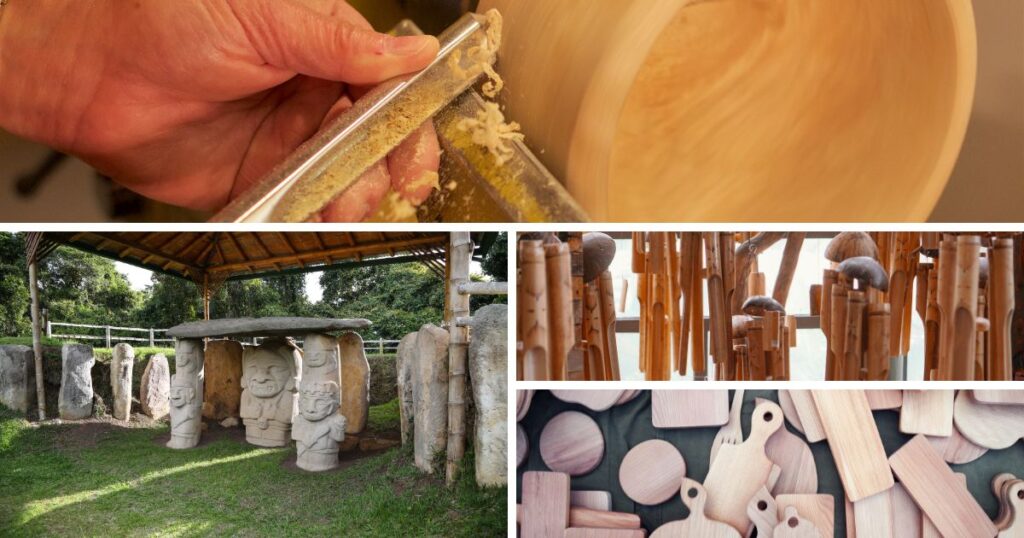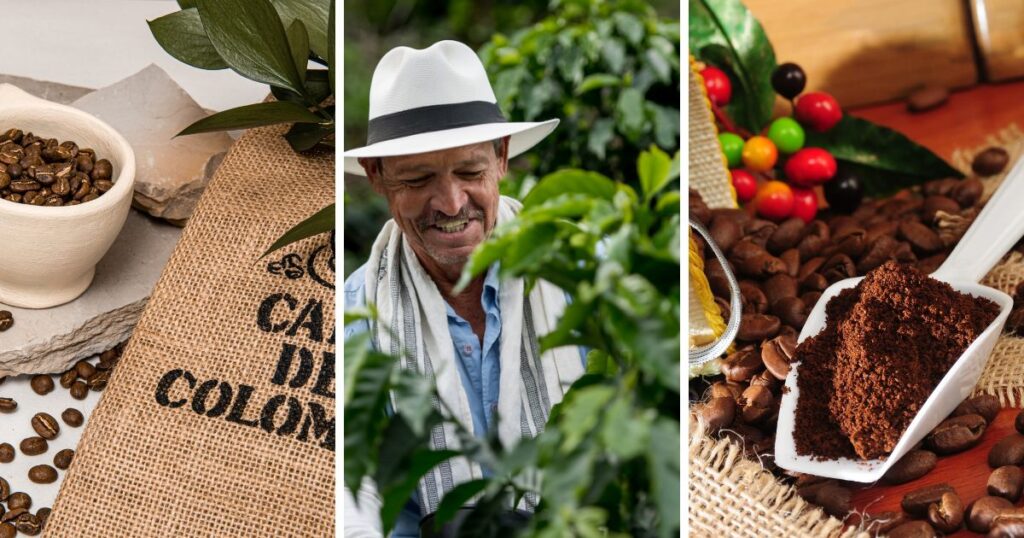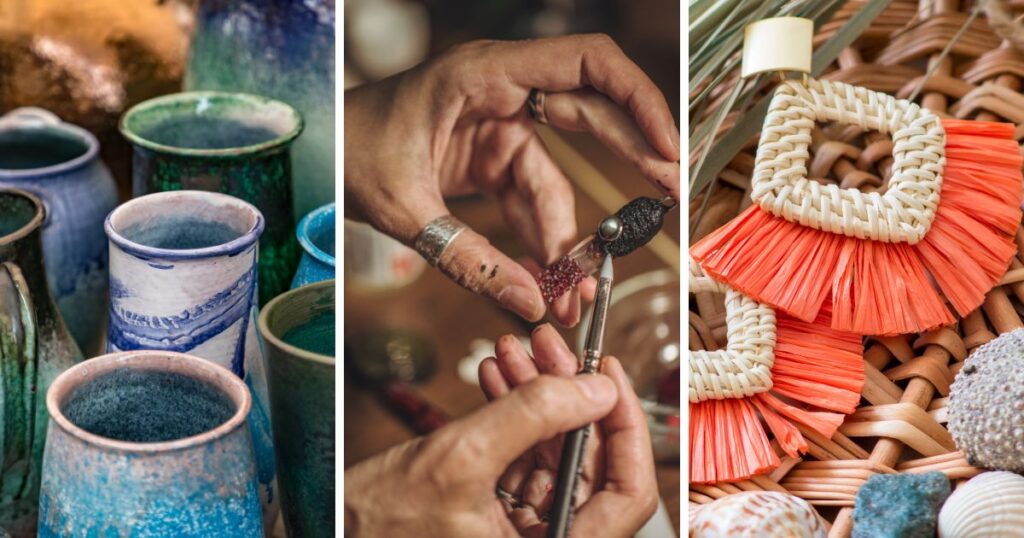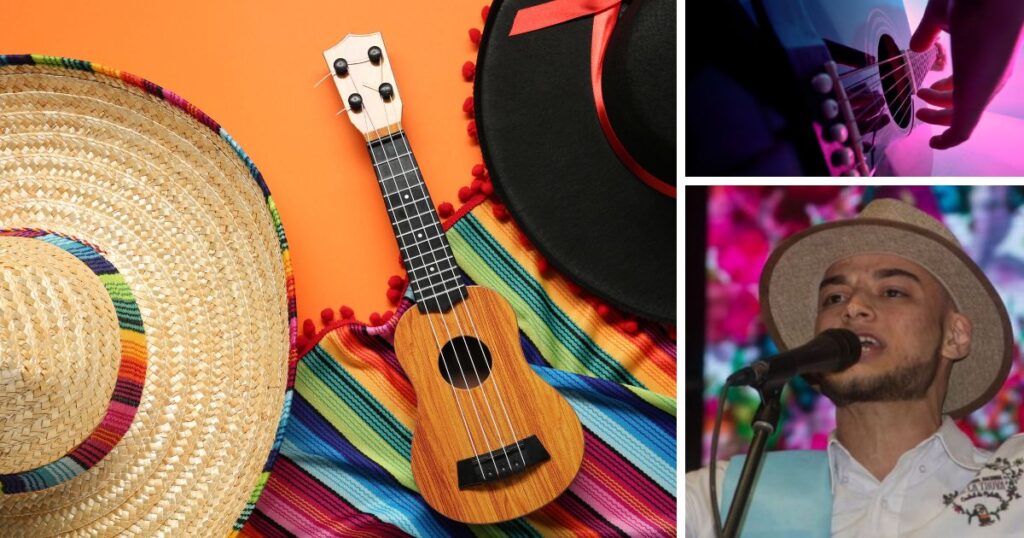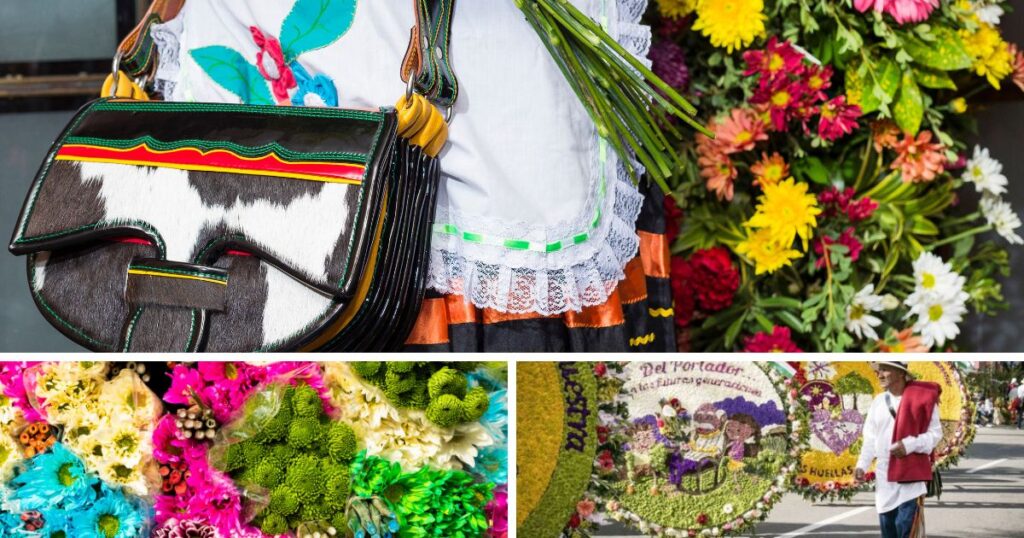The Wood Route in San Agustín, Huila
Share this… Whatsapp Facebook Messenger Gmail Outlook San Agustín, a town located in the department of Huila, is famous for its rich archaeological heritage and vibrant artisanal tradition. The Wood Route in San Agustín offers visitors a unique opportunity to explore the art of wood carving, where local artisans create sculptures and furniture inspired by pre-Columbian culture. This experience allows tourists to immerse themselves in the region’s history and creativity while learning about traditional carving techniques. Exploring the Artisan Workshops One of the highlights of the Wood Route is the visit to the artisan workshops. In these spaces, visitors can closely observe how artisans work with wood, transforming this material into impressive sculptures and furniture. The workshops are filled with traditional and modern tools, and the artisans are always willing to share their knowledge and techniques with visitors. Each piece created is unique and reflects the artisan’s skill and creativity. Carving Techniques The wood carving process is a combination of art and technique. Artisans in San Agustín use a variety of tools, such as chisels, gouges, and saws, to shape the wood. The carving techniques have been passed down from generation to generation, and each artisan brings their own style and approach to their work. Visitors can learn about each stage of the process, from selecting the wood to carving and finishing. This knowledge not only enriches the visitor’s experience but also allows them to appreciate the time and skill needed to create these works of art. Inspiration from Pre-Columbian Culture The sculptures and furniture created by the artisans of San Agustín are deeply inspired by the region’s pre-Columbian culture. San Agustín is known for its archaeological park, which houses one of the largest collections of stone statues and monuments in Latin America. Local artisans draw inspiration from these ancient sculptures to create their own wooden works, incorporating motifs and symbols that reflect the region’s rich history and mythology. This connection with the past gives each piece a special meaning and unique cultural depth. Participation in Workshops One of the most enriching experiences of the Wood Route is the opportunity to participate in carving workshops. These workshops allow visitors to experience firsthand the process of creating wooden sculptures and furniture. Under the guidance of artisans, participants can try their hand at carving their own pieces, learning about the techniques and skills needed to work with wood. This hands-on experience is not only educational but also a fun way to connect with the local culture. Cultural and Economic Impact Wood craftsmanship is not only an artistic expression but also a vital part of the culture and economy of San Agustín. The sale of wooden products provides an important source of income for many families in the region. Additionally, the Wood Route has helped promote sustainable tourism, attracting visitors interested in learning about local traditions and supporting artisans. This cultural tourism benefits the artisans and contributes to the community’s economic development. Craftsmanship and Sustainability Sustainability is a key aspect of woodcraft production in San Agustín. Artisans strive to use practices that minimize environmental impact, such as using local wood and reducing waste. This sustainable approach not only protects the environment but also ensures that future generations can continue practicing this art. Exploring San Agustín In addition to the Wood Route, San Agustín offers a variety of activities and places to explore. The San Agustín Archaeological Park is a must-visit, with its impressive pre-Columbian statues and tombs. Tourists can also enjoy the natural beauty of the region, with its mountains, rivers, and waterfalls. Local hospitality is reflected in the numerous cafes and restaurants, where typical regional dishes can be enjoyed. Conclusion The Wood Route in San Agustín, Huila, is an experience that combines artisanal tradition with the opportunity to learn and participate in the creation of wooden sculptures and furniture. From carving techniques to inspiration from pre-Columbian culture, each step of the journey offers a deep and authentic insight into the skill and dedication of local artisans. For those seeking a cultural and educational experience, the Wood Route is a must-visit. Not only will they take home a beautiful wooden piece, but also a deep appreciation for the rich artisanal tradition of San Agustín. Invitation: “Add a touch of history and art to your home with our wooden sculptures. Buy now and receive your craft anywhere in the world.” Facebook Instagram Youtube Whatsapp Share this… Whatsapp Facebook Messenger Gmail Outlook
The Wood Route in San Agustín, Huila Read More »

